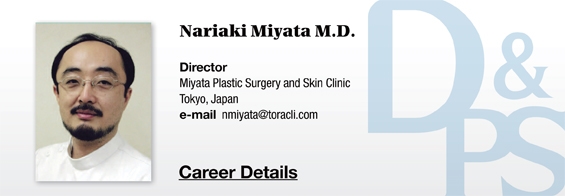
To be honest, I do not know how Korean patients are different from their Japanese counterparts when it comes to aesthetic treatments. Japanese patients are very concerned with details but do not always communicate their demands or complaints. They are very reserved about showing their emotions andrarely express anger. Therefore, it is crucial for the doctors to be able to read what his/her patient wants without verbal communication and only the best doctors can do this.
However, when Japanese patients do express dissatisfaction with a medical procedure, it is often due to their personal interpretation of results. For example, a patient may complain that the improvement is not noticeable although it is quite visible in reality. Japanese electronic products are known for their reliability and excellent customer service. This may be due to the detail-oriented nature of the Japanese people. Likewise, careful attention is needed in aesthetic procedures to ensure 100% patient satisfaction. Some doctors and salons take advantage of the patients’ shyness about expressing their dissatisfaction and do not give their best during treatment or talk the patientsinto getting certain procedures.
[Advertisement] PICOCARE - Manufacturer: WONTECH(www.wtlaser.com)
As aesthetic procedures do not treat a disease, clear communication with patients is very important. With other types of medical treatments, if the disease improves, the patient is satisfied even if the doctor did not give clear explanation. However, this is not so in aesthetic medicine. Subjective satisfaction is more important than the objective outcome.
Therefore, it can be said that good communication with the patient is just as important as successful outcome of the treatment. The doctor should be able to understand the difference between what the patient expects from the treatment and the real outcome of the treatment. Based on his experience, the doctor should clearly explain the outcome of the treatment to the patient and narrow the gap between patient expectation and reality.
-To be continued-













.jpg)






